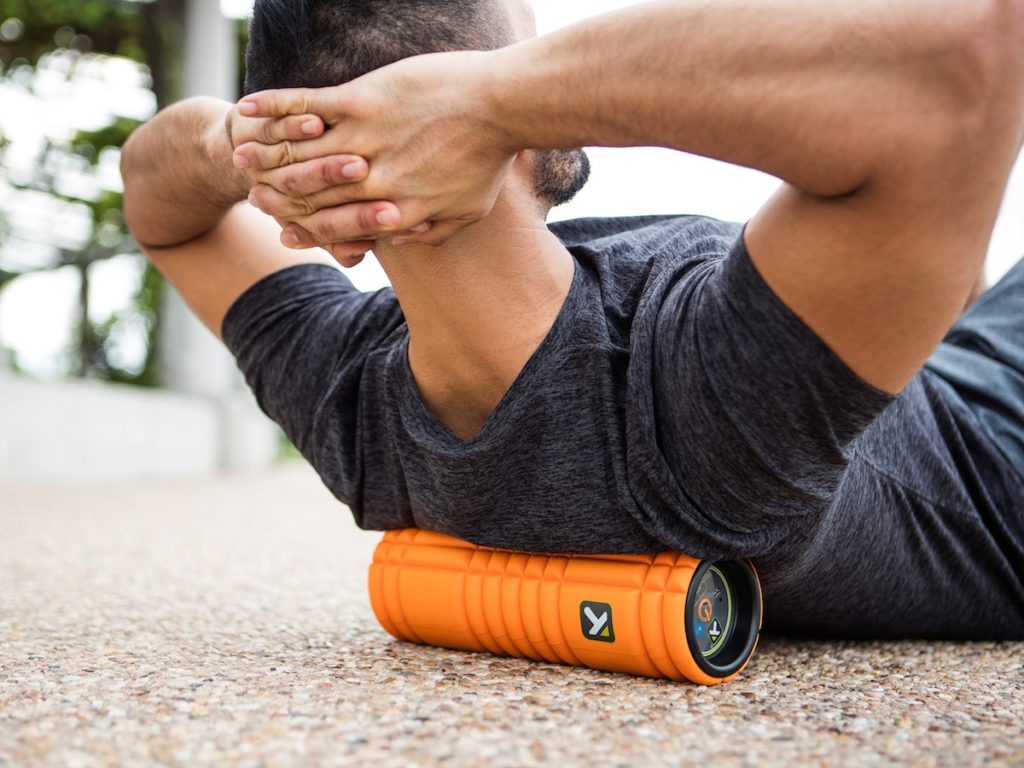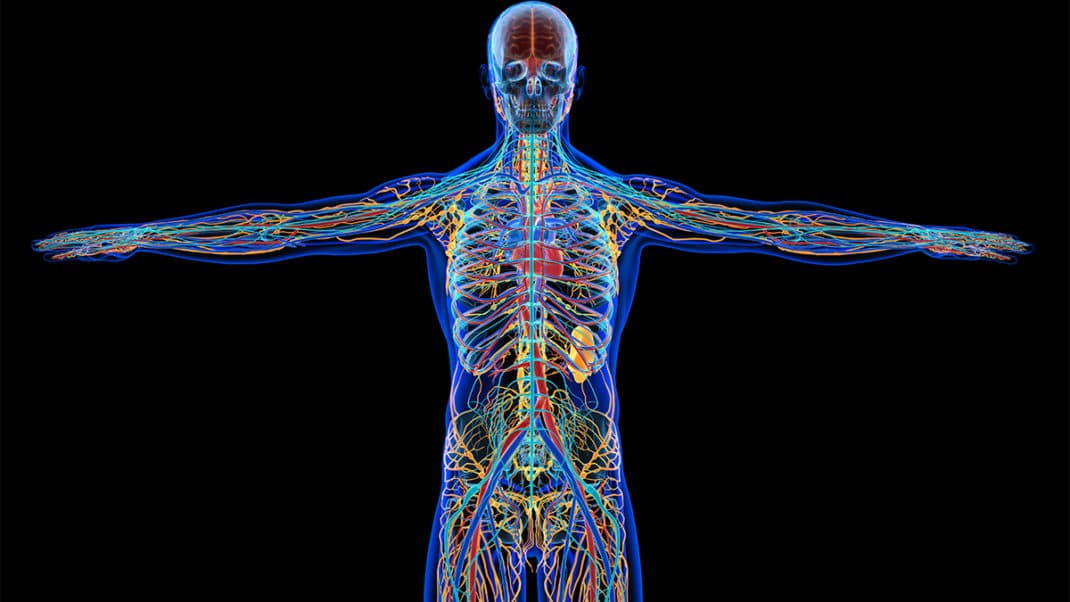Increase Benefits of Foam Rolling With GRID VIBE

Within the past 5 years, foam rolling has gotten the attention of scientists, researchers and entrepreneurs. Hundreds of studies have confirmed that foam rolling can improve range of motion, flexibility and performance—in addition to reducing muscle soreness, pain and recovery time. While foam rolling may have begun as a way for therapists to assist in their patients’ rehabilitation, it is now used by the general population to improve movement and quality of life.
Vibration technology is also a proven tool in the world of rehabilitation and therapy. The use of vibration began over 50 years ago, and since then it has been refined and simplified. Vibration has been found to improve flexibility, strength and power, while reducing pain from injury and from soreness after an intense workout. In fact, research suggests that passive vibration reduces pain in 70% of patients who are suffering from either acute or chronic musculoskeletal pain (Lundeberg, Nordemar & Ottoson 1984). Vibration does this by reducing the frequency of the pain signals that are sent from the injured site to the nervous system. Generally, a vibrating platform is used to treat the whole body, or a handheld vibrating device is applied directly to individual muscles. The optimal frequency for delivering the vibration is between 20 and 50 Hz, held for 20 seconds to several minutes.
As the leader in the foam rolling industry, TriggerPoint™ is committed to developing and elevating the category by designing effective products and providing first-class education. TriggerPoint’s latest and most advanced foam roller, the GRID VIBE, combines the patented GRID pattern—which channels nutrients to muscles during rolling—with vibration technology. The GRID VIBE applies vibration directly to a muscle group, while also providing the many benefits of compression and self-myofascial release. The GRID VIBE is precalibrated to 33 Hz, the optimal frequency for helping decrease pain on tender spots in tight muscles. Combined with body-weight compression, the vibration reduces the pain signals that are sent to the nervous system, allowing users to experience the benefits of foam rolling longer and more efficiently with less pain than when rolling without vibration.
The science on vibrating foam rollers is still developing. However, based on the study referred to above, the GRID VIBE appears to reduce pain more effectively than a nonvibrating foam roller. And while foam rolling remains effective at improving range of motion and flexibility, the GRID VIBE is proving superior to nonvibrating foam rollers in immediately reducing pain after use. To learn more, visit tptherapy.com/product/GRID_Vibe.
References
Lundeberg, T., Nordemar, R., & Ottoson, D. 1984. Pain alleviation by vibratory stimulation. Pain, 20 (1), 25–44.





